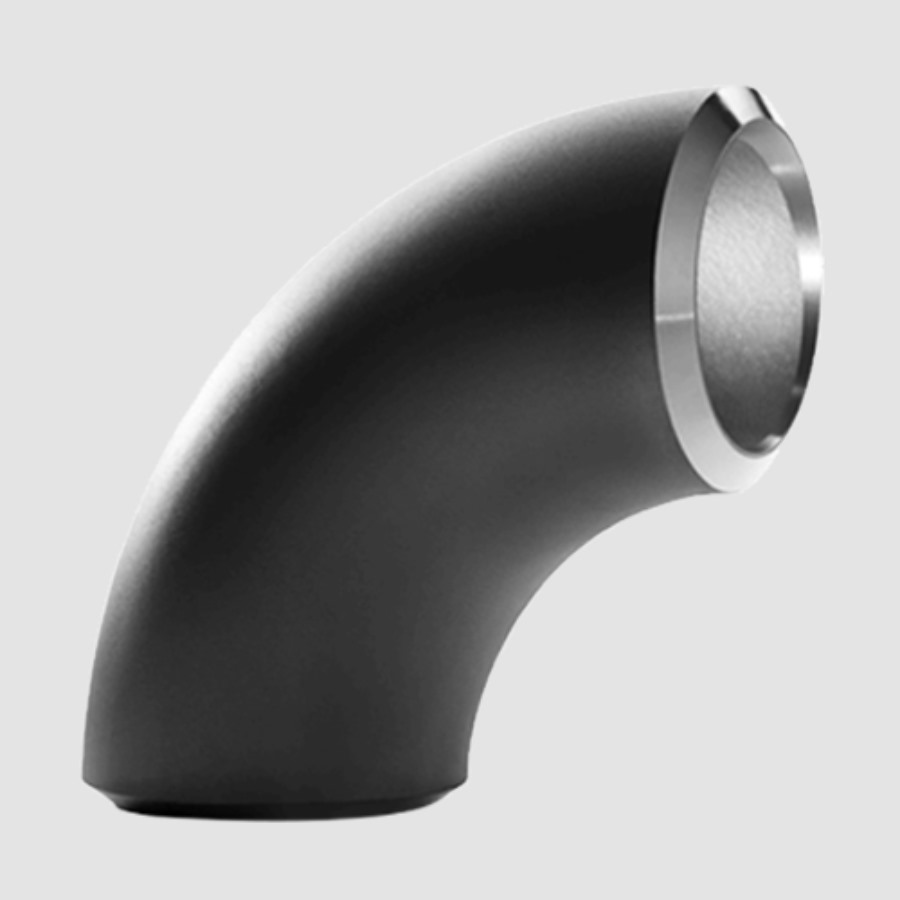The classification method of elbow can be divided into long radius elbow and short radius elbow according to its radius of curvature. A long-radius elbow means that its radius of curvature is equal to 1.5 times the outer diameter of the pipe, that is, R=1.5D. A short-radius elbow means that its radius of curvature is equal to the outer diameter of the pipe, that is, R=D. D in the formula is the elbow diameter and R is the radius of curvature. The most commonly used elbow is 1.5D. If it is not specified in the contract as 1D or 1.5D, then 1.5D should be optimized.
Pressure level classification
If divided by pressure level, there are about seventeen types, which are the same as the American pipe standards, including: Sch5s, Sch10s, Sch10, Sch20, Sch30, Sch40s, STD, Sch40, Sch60, Sch80s, XS; Sch0, Sch100, Sch120, Sch140, Sch160, XXS, among which STD and XS are commonly used.
According to the angle of the elbow, there are 45° elbow, 90° elbow and 180° elbow. In this way, there are many types of elbows. When ordering, the order is often expressed in the following way: such as “LR STD 90° 8″, which means an 8″ elbow with long radius, pressure grade STD, and 90°; another example is, ” SR XS 45° 4″ represents short radius, pressure grade XS, 45° 4″ elbow. The above is a general classification of elbows. There are generally two types of tees. The three openings with the same diameter are called equal-diameter tees. The diameters of both ends are the same, but the diameter of the converging end is different from the other two diameters, which is called reducing tees. The expression method is as follows: For equal diameter tees, for example, a “T3″ tee means an equal diameter tee with an outer diameter of 3 inches. For reducing tees, for example, “T4×4×3.5″ means a reducing tee with the same diameter as four inches and a reduced diameter of 3.5 inches. The pressure level and the pressure level of the elbow are the same.
Author: Maria Yang
Post time: Nov-24-2023

